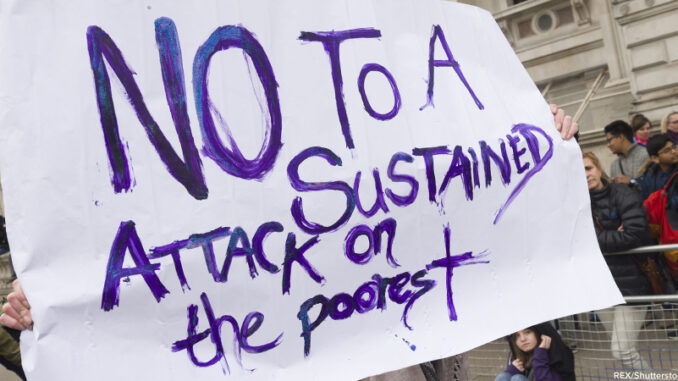
Earlier this month, confidential files from a law firm called Mossack Fonseca were made public. The documents, collectively called “the Panama Papers,” were leaked by an anonymous source to the International Consortium of Investigative Journalists (ICIJ), who shared them with various news organizations. This week, btw breaks down the basics, offers a comparison of other leaks, and explores what it might mean for the future.
What Happened?

Mossack Fonseca is a law firm located in Panama that specializes in offshore corporation. This means that it incorporates and manages the legal and financial matters of companies that operate outside of the country where it is headquartered. There are many legitimate reasons that businesses do this—to secure assets if living or working in an “unstable” country, or for tax or financial benefits that are legal. However, there are people and businesses who use this practice as a way to commit fraud because it is easy to go undetected.
Documents included in the Panama Papers reveal that several clients appear to be avoiding paying taxes, avoiding sanctions, and laundering money, all illegal activities. In addition, more than 500 banks were named as having registered more than 15,000 shell companies (one that does not have active business operations or significant assets). At least 12 current or formers heads of state (plus an additional 60 of their relatives and associates) have been linked to the Panama Papers. These include Argentina President Mauricio, Ukraine President Petro Poroshenko, close associates of Russian President Vladimir Putin, and the United Kingdom’s Prime Minister David Cameron’s late father.
Other Significant Leaks
The Panama Papers leak is considered the largest is history, with 11.5 million leaked files. To provide a proper perspective of the size of the breach of the Panama Papers, we offer these other high-profile leaks.
- Pentagon Papers – Long before the digital age, confidential documents were often secretly photocopied and delivered directly to a newspaper. In 1967, the U.S. Department of Defense created a study called the Pentagon Papers that detailed the U.S. military involvement in the Vietnam War. An insider named Daniel Ellsberg became deeply opposed to the war and turned over around 7,000 pages of classified documents to The New York Times, who published them. The federal government unsuccessfully tried to block the publication, citing national security.
- WikiLeaks – In 2006, an activist named Julian Assange created an online media outlet that specialized in publishing classified news leaks from anonymous sources. In 2010, it published “the Iraq War Logs,” around 400,000 documents that revealed intimate details of the conflict. Some believe it was important because it revealed evidence such as the use of torture as well as the death of thousands of civilians. Others say that the leak was a breach of national defense and put lives at risk.
- NSA – Three years before the Panama Papers, the most recent high-profile leak was more than 15,000 global surveillance disclosures from the National Security Agency (NSA). A former NSA contractor, Edward Snowden, was unsettled by the government’s effort to track cell phone and monitor online activity of Americans. In June of 2013, he copied documents that he turned over to a journalist at the British newspaper, The Guardian. The incident has led to a higher-profile debate over the issue of privacy vs. national security.
What Now?
The U.S. Department of Justice has opened a criminal investigation, focusing on the roughly 200 American citizens named in the Panama Papers. In response to allegations, Mossack Fonseca has publically denied any wrongdoing and will not reveal specific client information due to confidentiality clauses. The firm says it carries out “due diligence” (reasonable action) on all of its clients and complies with tax fraud and anti-money laundering laws.
Dig Deeper Continue to follow this story. What measures do financial experts suggest (if any) to reform international tax law. Provide at least three examples.
